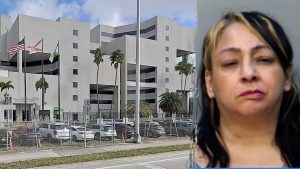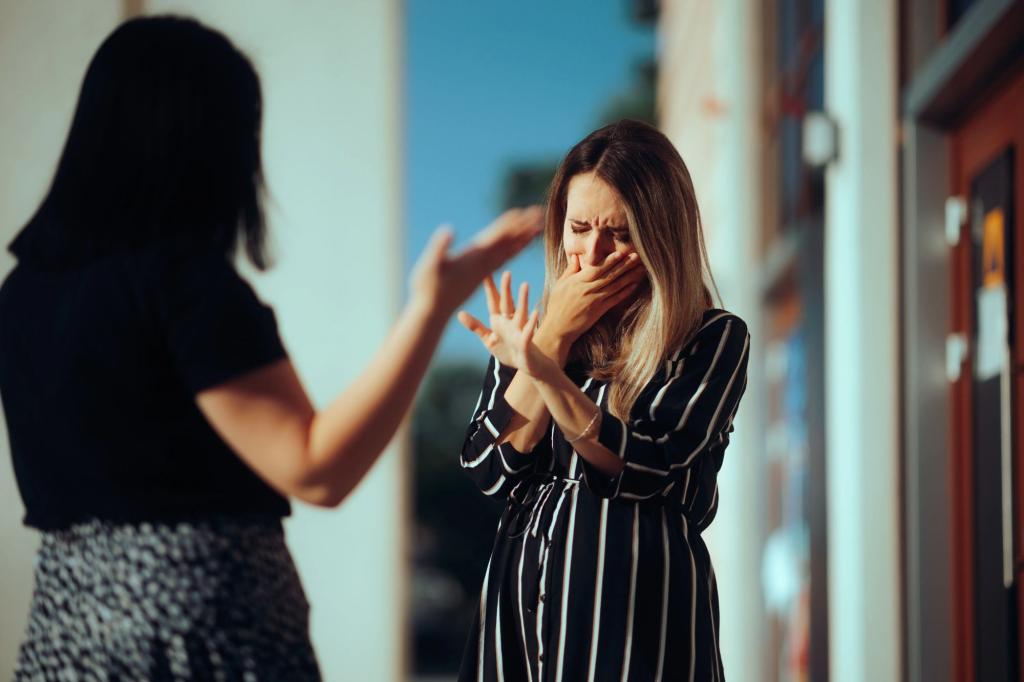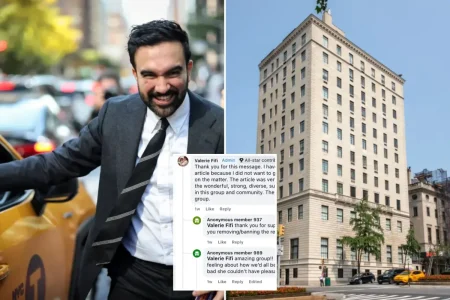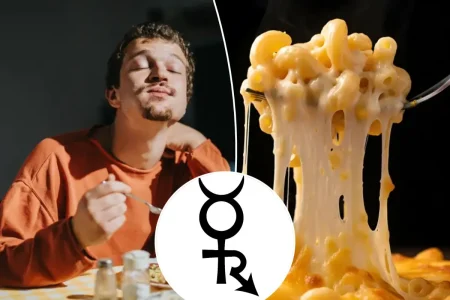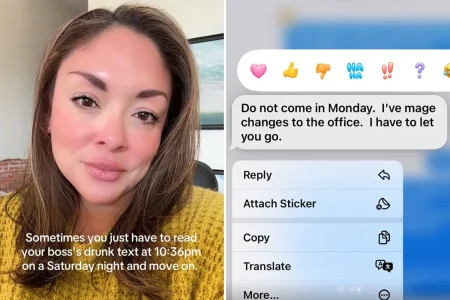Moving Beyond Family Trauma: Healing and Finding Love
In the journey of life, family relationships are often complex, and when trauma is involved, the healing process can be even more challenging. Two poignant letters to Dear Abby highlight different aspects of navigating painful family histories and new beginnings, offering insights into how people cope with abuse and seek love after heartbreak.
The first letter comes from someone who endured a terribly abusive father alongside their siblings. This father inflicted physical violence on his wife and children, sexually abused two daughters, deliberately humiliated his children, and took pleasure in destroying their achievements. Now, ten years after his death, the family members have generally moved forward with their lives, finding peace in his absence. However, one sister has proposed an unsettling commemoration—a “celebration” of the anniversary of their father’s death, complete with a fancy dinner and a party featuring dart-throwing at his picture. While the letter writer understands their sister’s lingering hatred, they and the other siblings feel this macabre celebration contradicts the healing process they’ve embraced. The sister has issued an ultimatum: attend or be permanently cut off from her life. Abby wisely notes that while most family members have processed their trauma, the sister remains deeply wounded and could benefit from professional counseling rather than hosting a “death day” party that risks further isolating her from her supportive family.
The second letter presents a different kind of family challenge—a 36-year-old mother of four who has found love with a 28-year-old man after a painful breakup. Following twelve years with her children’s father, who left her for another woman, she spent two years healing before meeting her current partner. Despite their genuine mutual love, she has kept the relationship hidden from her mother and family, fearing judgment about the age gap and the fact that he has no children of his own. The situation has created tension, as her partner feels “hidden” from an important part of her life. Abby encourages her to embrace the relationship openly, noting that at 36, she should feel confident in her choices and that the eight-year age difference isn’t significant enough to warrant secrecy. She suggests that if the concern stems from cultural or racial differences, the woman should be prepared to defend her choice but ultimately should not feel ashamed of a loving relationship.
Both letters illustrate how family trauma can leave lasting imprints on our behavior and relationships. The first family continues to grapple with the aftermath of severe abuse, with each member processing their experiences differently. While most have found ways to move forward without dwelling on their abuser, one sister remains trapped in her anger, seeking vindication through symbolic rituals that her siblings find disturbing. Her ultimatum reflects how trauma can distort our perspective, making us believe that others’ refusal to participate in our coping mechanisms equals a lack of support for our pain. Abby’s response acknowledges the validity of the sister’s pain while gently suggesting that her approach may be counterproductive to her own healing and relationships.
The mother of four in the second letter demonstrates another common response to family trauma—fear of judgment and rejection. Having already experienced abandonment by her children’s father, she now hesitates to fully integrate her new relationship into her life. Her concerns about societal expectations regarding age and parental status reveal how deeply we internalize what others might think about our choices, even when we’ve found genuine happiness. Abby’s advice emphasizes the importance of living authentically rather than allowing fear of judgment to dictate our choices. The eight-year age difference falls well within normal dating parameters, and by keeping her partner “hidden,” she unintentionally communicates shame about a relationship that brings her joy and healing after a difficult period.
These stories highlight different phases of the healing journey. The first family has mostly reached a place where their abuser no longer dominates their thoughts and emotions, while one member remains fixated on expressing her rage. The mother in the second letter has taken the brave step of opening her heart again after betrayal but struggles to fully embrace her new relationship in all aspects of her life. Both situations remind us that healing isn’t linear or uniform—it happens at different rates and in different ways for each person. They also demonstrate how our response to trauma can either facilitate connection or create further isolation, depending on whether we’re able to process our pain in ways that allow for growth rather than stagnation.
The wisdom in Abby’s responses centers on the importance of boundaries, authenticity, and professional support when needed. For the family dealing with their sister’s death celebration demand, she validates their decision to decline participation while acknowledging the sister’s need for more intensive healing resources. For the woman hiding her younger partner, she encourages embracing the relationship openly as part of her continued healing journey. Both situations remind us that while we can’t control our past traumas or others’ reactions to our choices, we can decide how to move forward in ways that honor our own well-being and authentic relationships, creating space for healing and new beginnings even after the most painful experiences.


